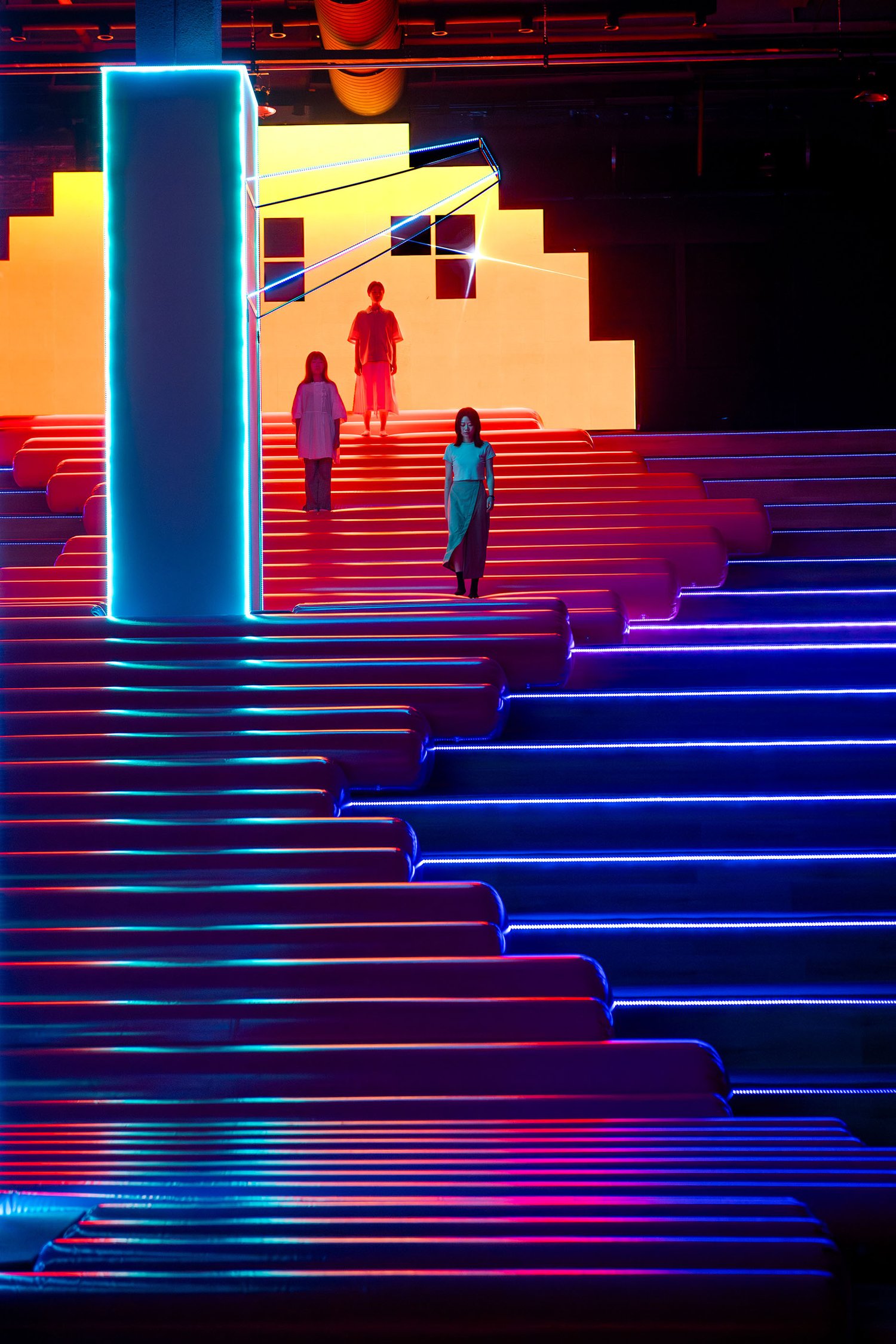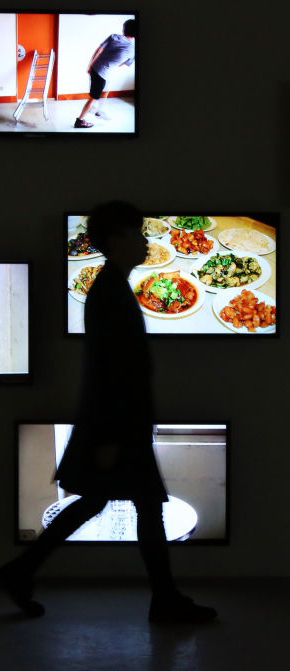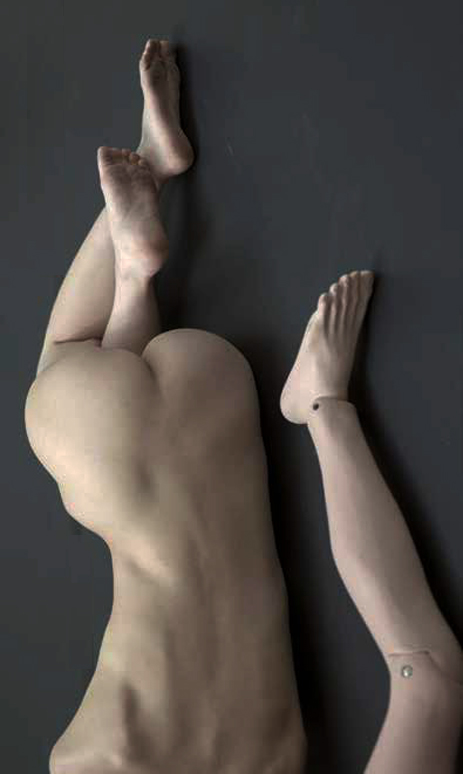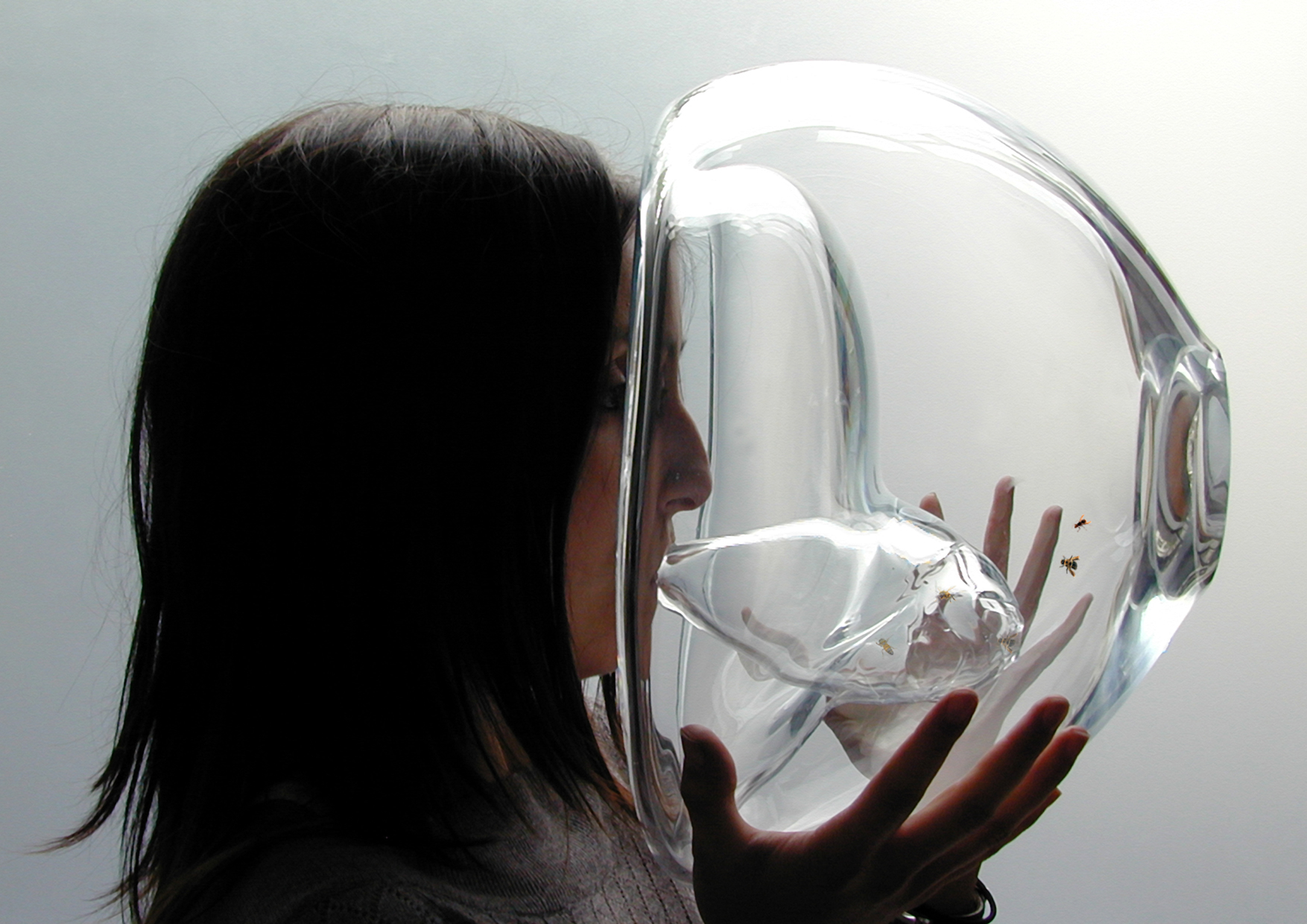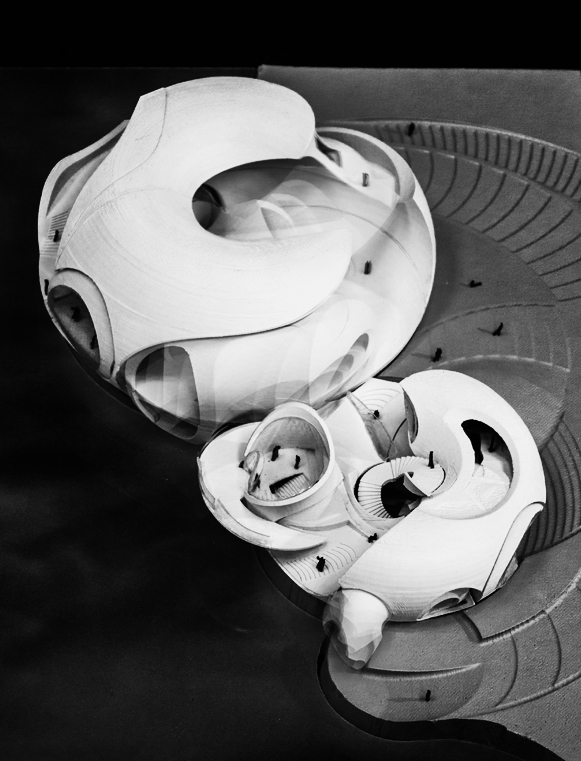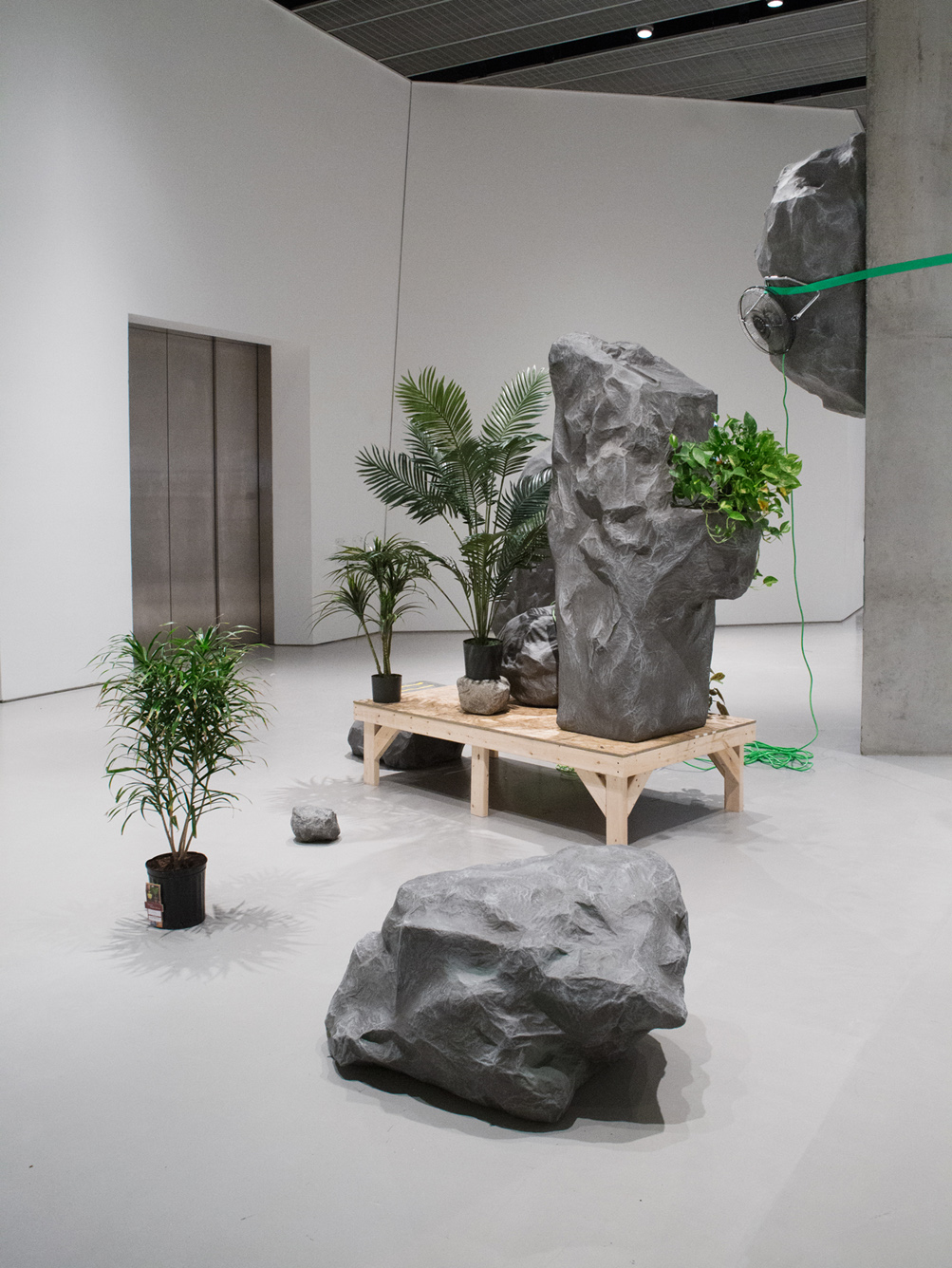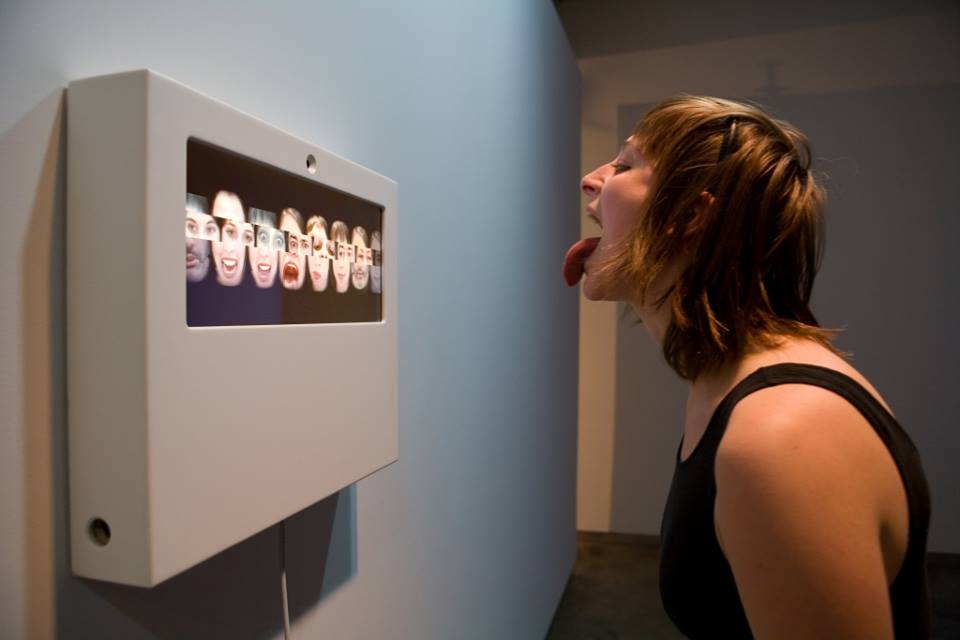Life Support
Les abeilles sont entraînées en utilisant le réflexe de Pavlov pour cibler une odeur spécifique et leur plage de détection comprend les phéromones, les toxines et le diagnostic des maladies. Non seulement ils peuvent parcourir de grandes distances à la recherche de ce que vous voulez qu’ils reniflent, mais cela ne prend que quelques minutes pour les entraîner, contrairement aux chiens dont la formation peut durer jusqu’à un an. Leur comportement peut être conditionné par des récompenses telles que l’eau sucrée. Ils sont placés dans des récipients en forme de paille et conçus pour sentir une combinaison, disons de sucre, avec de minuscules résidus de TNT. C’est tout! Le sens aigu de l’odorat des abeilles associera alors l’odeur des explosifs à la nourriture. Dans son projet BEE’S, Susana utiliserait les insectes comme biocapteurs, exploitant leur odorat extroadinaire pour détecter des maladies telles que le cancer du poumon, le cancer de la peau et la tuberculose. En outre, ils pouvaient repérer le problème très tôt bien mieux que les machines. Ils pourraient même détecter si une femme est enceinte, ce que je trouve beaucoup plus attrayant et élégant que la méthode habituelle qui consiste à faire pipi sur un morceau de plastique.La créatrice a visité la London Beekeepers Association et a utilisé du chewing-gum dans ses tests avec les abeilles. Elle a ensuite localisé un maître verrier et fait souffler des objets en verre. Les gens respiraient dans les outils de diagnostic en verre où les abeilles sont gardées pendant la courte période de temps nécessaire pour leur permettre de détecter les cycles généraux de santé et de fertilité. Pour éviter que la bouche n’entre en contact avec l’insecte, il existe deux sphères différentes, l’odeur de l’abeille étant suffisamment forte pour renifler ce que vous respirez à travers le verre. Bess se précipiterait dans les tubes qui mènent plus près de la respiration quand ils détectaient une maladie qu’ils associent à la nourriture. Dans son scénario, les gens recevraient des abeilles entraînées par la poste (rien de rare ici apparemment), procéderaient au test respiratoire que de libérer les abeilles.BEE’S explore comment nous pourrions cohabiter avec les systèmes biologiques naturels et utiliser leur potentiel pour augmenter nos capacités de perception. . Nous avons toujours coexisté avec ces systèmes, mais leur potentiel était inconnu. Ce projet est basé sur des recherches en cours qui ont fourni les connaissances nécessaires pour permettre de nouvelles interactions. L’objectif de ce projet est de développer des relations de collaboration entre la recherche scientifique et technologique, les apiculteurs et le design, entre autres, traduisant le résultat en systèmes et objets que les gens peuvent comprendre et utiliser, engendrant des ajustements significatifs.
